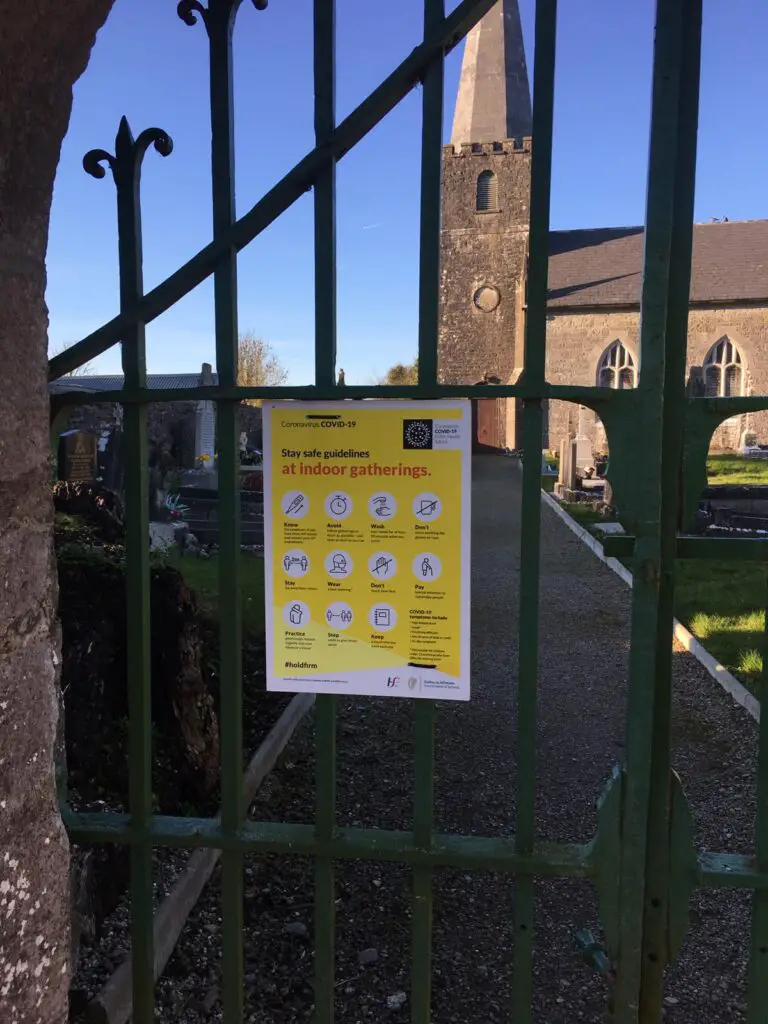Positive cases of COVID-19 still remain “too high” according to the Deputy Chief Medical Officer as 14 additional persons have been diagnosed with the virus in Clare.
Clare’s 14 day incidence rate per 100k of the population is the tenth lowest in the country at a figure of 153.2, the national rate stands at 212.2. There are 14 new cases of COVID-19 in Clare.
On a national picture, 612 extra cases are known with 289 in Dublin, 45 in Limerick, 34 in Longford, 33 in Galway, 26 in Kildare and the remaining 185 cases are spread across 19 other counties.
A further six deaths have been notified to the Health Protection Surveillance Centre (HPSC). All of these deaths occurred in February. The median age of those who died was 63 years and the age range was 41 – 86 years. There has been a total of 4,319 COVID-19 related deaths in Ireland.
Hospital figures continue to move in the right direction, 19 hospitalisations occurred in the past 24 hours. Latest data from 8am on Sunday detail that 133 persons are in critical care, they are included in the figure of 554 COVID-19 hospitalised patients.
As of February 25, 409,529 doses of COVID-19 vaccine have been administered in Ireland. 271,594 people have received their first dose and 137,935 people have received their second dose.
In a statement on Sunday, Dr Ronan Glynn recounted, “Since the first case of COVID-19 was confirmed in Ireland last February, our lives have changed in ways we never thought possible.More than 6,300 people on our island have lost their lives with COVID-19. We remember them, and their families and friends, as well as the many people who remain seriously ill or who are dealing with long-term health issues because of this disease. The response of colleagues across all parts of our health system has been remarkable. We should be extraordinarily proud, and take great heart, from the dedication and resilience which has been – and continues to be – shown by everyone involved in this response.
“Almost all sectors and communities have experienced loss and have been tested in ways unimaginable to us this time last year. This pandemic and the public health response to it has had a profound impact on lives and livelihoods. But it has also demonstrated the best of us as a people, working together and buying in as a collective to what has been necessary to protect one another,” the Deputy Chief Medical Officer commented.
Dr Glynn outlined, “Last Spring, we met the challenge presented to us with collective enthusiasm. Ironically, while that enthusiasm has understandably waned and gone, there are more concrete reasons for hope and optimism now than at any time over the last 12 months”. This includes a week on week reduction of case numbers in the past six weeks, a 38 percent reduction in hospital numbers “and we are on course to have given about 80% of adults at least one dose by the end of June”.
He concluded, “Yes, we need to be cautious and yes, there will be challenges over the coming months. But together, through science and solidarity, we will get through this and this pandemic will end”.

















